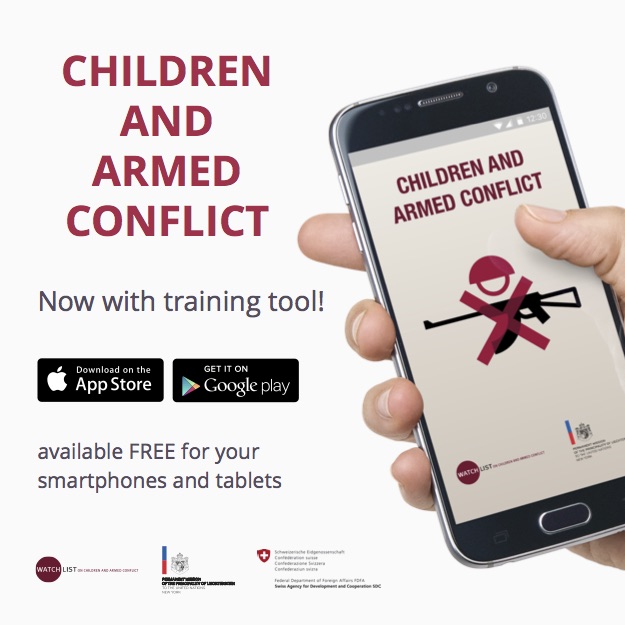On 25 March 2015, the UN Security Council (UNSC) held an Open Debate on children armed conflict under the Presidency of France on children as victims of non-State armed actors (ANSAs). The open debate did not result in an outcome document, but is followed by a non-Paper summarizing actions proposed by Member States on how to prevent and respond to violations committed by armed groups against children.
- Click here to read the transcript of the Open Debate
For the second year in a row, this was the first of two thematic debates on children and armed conflict. The second open debate is anticipated to take place in June, following the publication of the 14th Annual Report of the Secretary General on Children and Armed Conflict. The Council was briefed by the Special Representative of the Secretary-General for Children and Armed Conflict (SRSG-CAAC), Ms. Leila Zerrougui, and was additionally addressed by Ms. Yoka Brandt, Deputy Executive Director of UNICEF; Julie Bodin, Child Protection Technical Adviser for Save the Children International in the Central African Republic; and Junior Nzita, President of Paix pour l’enfance in the Democratic Republic of the Congo. Seventy-five delegations representing 183 countries participated in the debate.
The tone of the debate was constructive, with Member States delivering tangible suggestions for engagement with non-State armed actors. The most prominent themes addressed were (1) requesting the Secretary-General to include in the annexes to his reports on children and armed conflict (CAAC) those parties to armed conflict that engage in abductions of children, (2) attacks against schools and the military use of schools, (3) a call on governments to facilitate engagement of ANSAs, and (4) the need to include CAAC concerns in peace processes.
Watchlist’s analytical summary of the debate provides more detail regarding specific themes featured in the debate, as well as an overview of the statements by participating delegations that pertain to Watchlist’s recommendations the UNSC.



